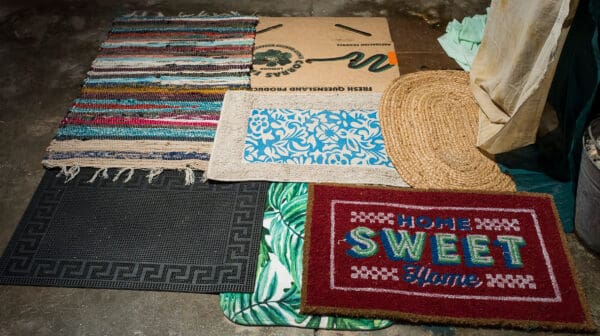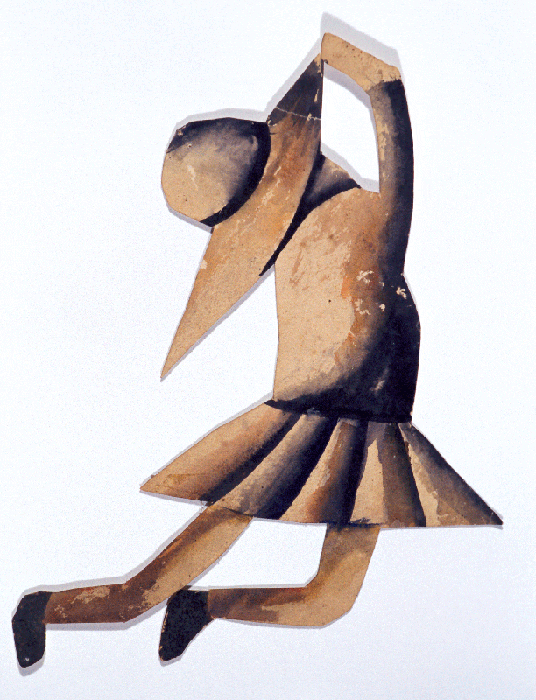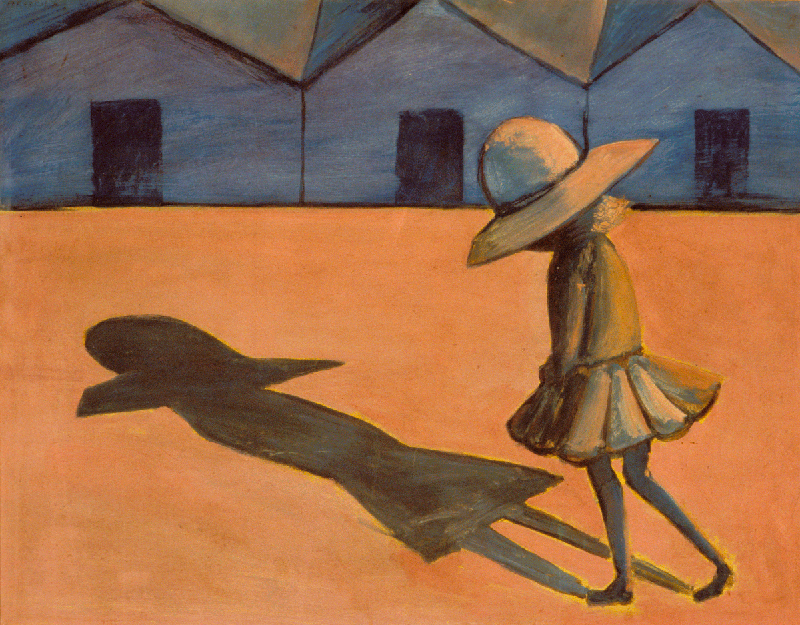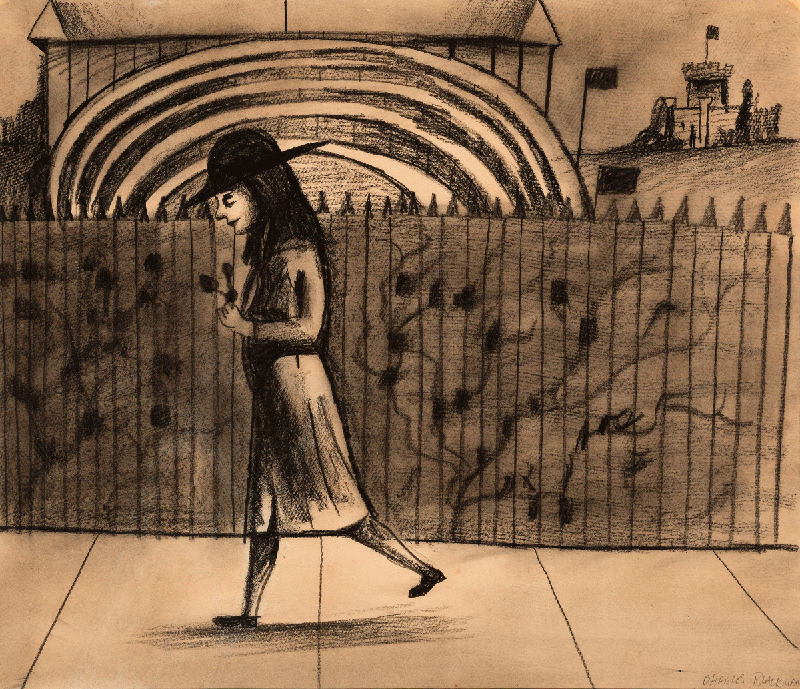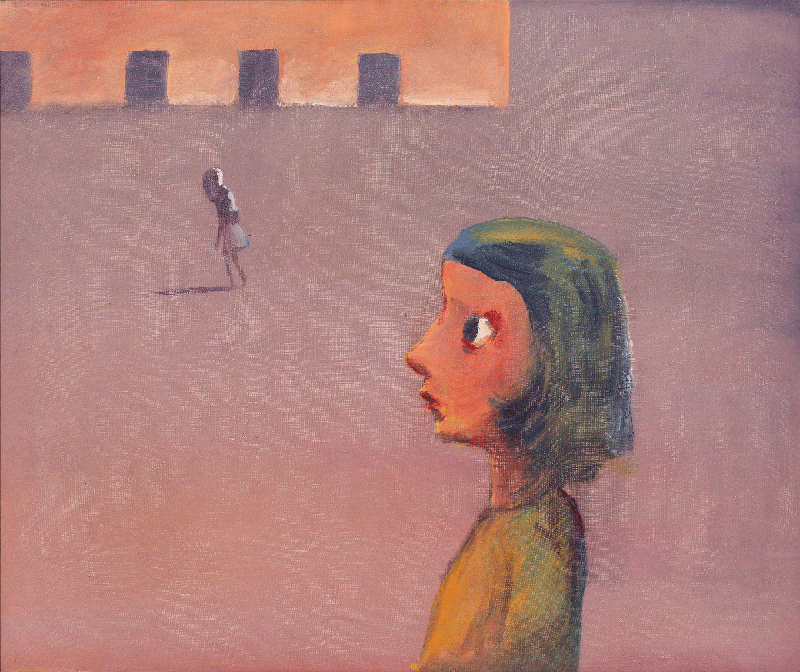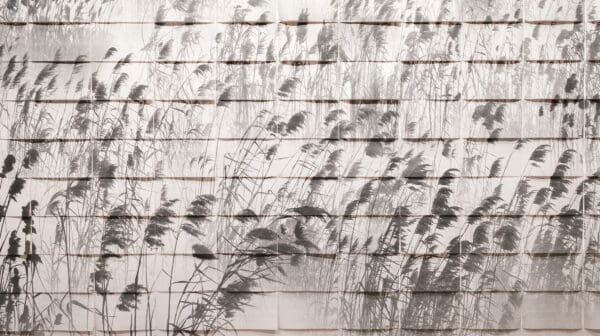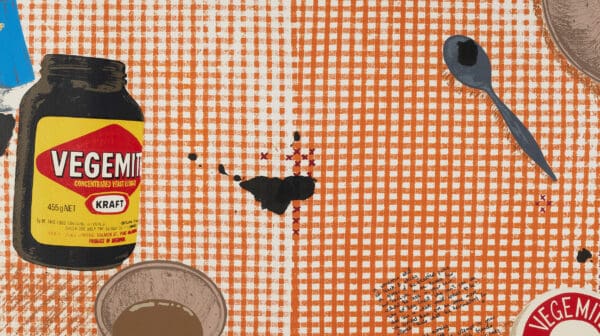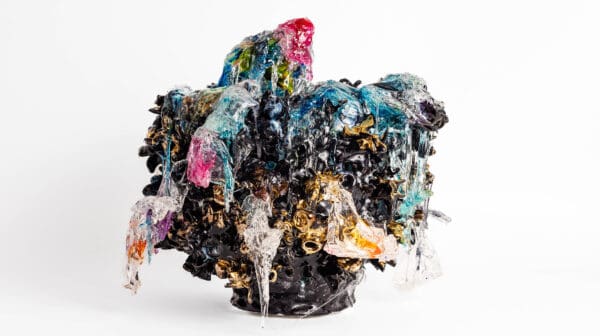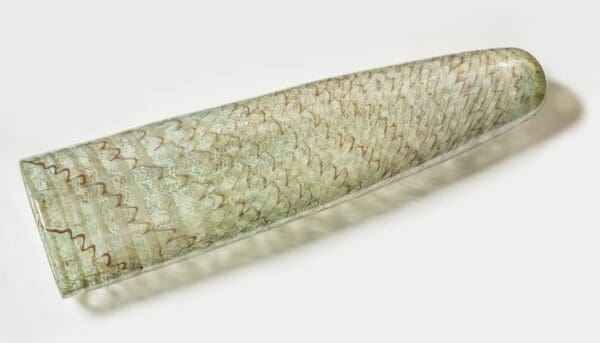Charles Blackman’s well-known Schoolgirls paintings are coming together for the very first time. Portraying dramatic and expressive scenes of vulnerable innocence, one cannot glimpse Blackman’s Schoolgirls series without a sense of prickling unease. His uniformed schoolgirls are depicted in desolate urban settings, often alone, with their faces obscured by wide-brimmed hats.
Although the series was created between 1952 and 1955, this is the first time so many of Blackman’s schoolgirls have been shown together. Heide Museum of Modern Art has managed to gather around 40 paintings (of an estimated total of 60) for the exhibition Schoolgirls
Blackman’s schoolgirl motif is now seen as symbolic of the post-war social climate.
But despite Blackman’s status as a key figure in Australian art today, Australians in the 1950s weren’t quite as enamoured of Blackman’s Schoolgirls series. As curator Kendrah Morgan explains, Blackman exhibited the works in small group shows at commercial galleries with little chance for critical acclaim. As she puts it, “progressive artists weren’t selling much work in the 1950s in Australia.”
For this reason many of the Schoolgirls paintings found their way into personal collections, before being sold again in the 1970s after Blackman had developed a significant reputation. This set Morgan on a mission to “follow the money” by tracking sales records and locating mystery owners; a chase that eventually used the power of social media to locate two key works.
Yet the greater story is influences that filtered into Blackman’s imagery. Taking inspiration from French symbolist poet Arthur Rimbaud, The Songs of Maldoror by Comte de Lautréamont and French painter Odilon Redon, Blackman was also a fan of the Claudine stories, a series of tales about a fearless and irreverent schoolgirl and her various escapades. The series, as Morgan notes, influenced Schoolgirls by speaking of “the transitional phase of life between innocence and knowing and the dreams and fantasies of childhood, with the realities and responsibilities of adulthood.”
Alongside these artistic and literary influences were the events of real life. In 1921, murder victim 12-year-old Alma Tirtschke was last seen in Melbourne’s central area wearing her school uniform and a wide-brimmed hat. In 1952, a friend of Blackman’s wife was murdered while walking home in Brisbane.
There is also a very personal element in Schoolgirls. Blackman’s paintings reflect his own isolation and anxieties upon moving to Melbourne in 1951. As Morgan says, “The schoolgirl paintings were a metaphor for his own feelings; feelings of being alienated in the city and trying to find his way as a young artist”.
Schoolgirls
Charles Blackman
Heide Museum of Modern Art
4 March – 18 June
